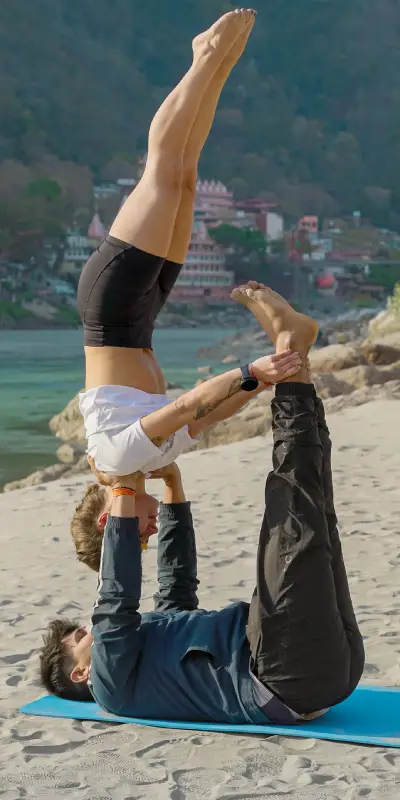
Get A Free Quote
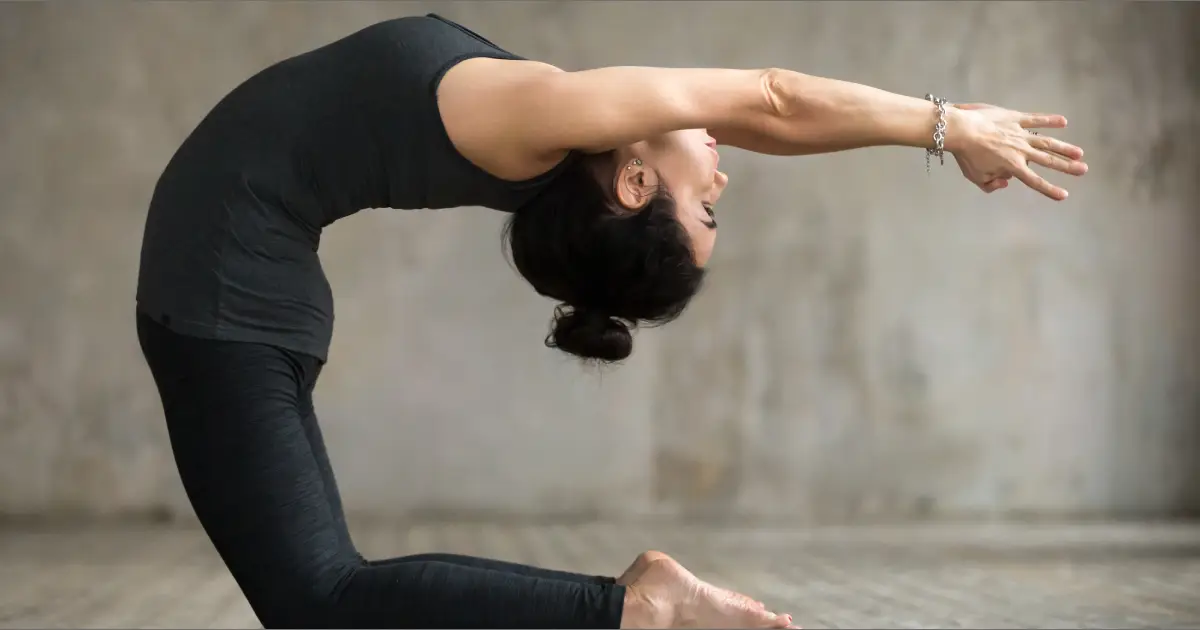
Vinyasa Flow Yoga, which is also commonly referred to as just Vinyasa, is a vibrant and imaginative form of yoga that is sweeping the globe. Vinyasa yoga smoothly combines breath with postures, in contrast to Hatha yoga’s more rigid and held poses, resulting in a practice that is fluid and almost dance-like. This guide will examine the fundamentals of Vinyasa, including its history, tenets, and capacity for transformation.
The Sanskrit roots “ni,” which means “to place,” and “vesa,” which means “in a specific way,” are the sources of the word “vinyasa.” Vinyasa is the term used to describe the methodical sequencing of postures in yoga, with an emphasis on breath-synchronized transitions.
Although Vinyasa’s origins are in ancient Hatha yoga, its current incarnation first appeared in the latter half of the 20th century.
A Vinyasa class typically begins with a warm-up, moves into the main flow sequence, and concludes with relaxation and a cool-down. Depending on the teacher’s theme, the student’s proficiency, and the intended focus (strength, flexibility, balance, etc.), the flow sequence will change.
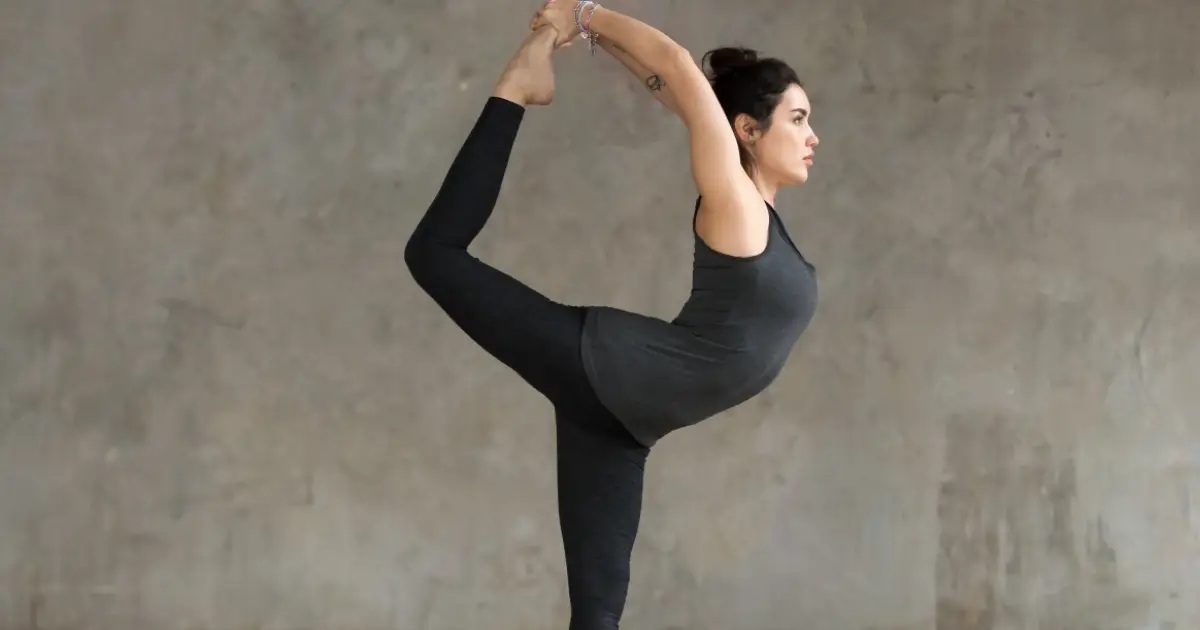
1) Sun Salutations A sequence of connected poses that help the body warm up and synchronize breathing with movement. Here is more information about its history and advantages
2) Balancing Sequence Emphasizes postures that test balance, improve focus, and hone coordination.
3) Backward Bending Sequence Opens the heart center and encourages flexibility by focusing on the chest and spine.
4) Forward Bending Sequence Places a focus on forward folds, which relax the nervous system and stretch the hamstrings and spine.
5) Inversions Poses that encourage balance, circulation, and a new viewpoint are the headstand and shoulder stand.
6) Core Exercises Enhances stability and provides support for a powerful, focused practice by strengthening the abdominal muscles.
7) Cool Down Sequence To wind down, practice gentle stretches and calming poses that will increase flexibility and relieve tension.
Sun Salutations The foundational sequence is found in most Ashtanga and Vinyasa yoga practices. Mountain pose, forward fold, plank, chaturanga, upward-facing dog, downward-facing dog, lunge, and high plank are among the poses it entails. Repeat this sequence multiple times, bringing your breath and movement into sync for a revitalizing and warming sensation.
Creative Sequencing Teachers create original flows that inspire and challenge students without adhering to set rules. Creative flows can improve endurance, target particular muscle groups, or elicit particular emotions. Teachers provide a dynamic learning environment and inspire students to reach their full potential by straying from predetermined procedures. It provides the teacher with a playground.
Flexibility & Strength Get ready for a workout! Taking on different poses helps to build muscle and expand the range of motion. Increasing flexibility during the flow enables deeper postures and more seamless transitions. Holding poses and slowly moving through them lengthens muscles and ligaments, increasing your range of motion.
Dynamic Transitions Link postures like a river, breathing and moving in unison. Seamless transitions between poses create a continuous, fluid movement. Instead of jerky movements, you gracefully connect postures with controlled breaths and smooth muscle engagement. This dynamic dance between breath and movement allows you to move deeper into each pose while maintaining awareness and control.
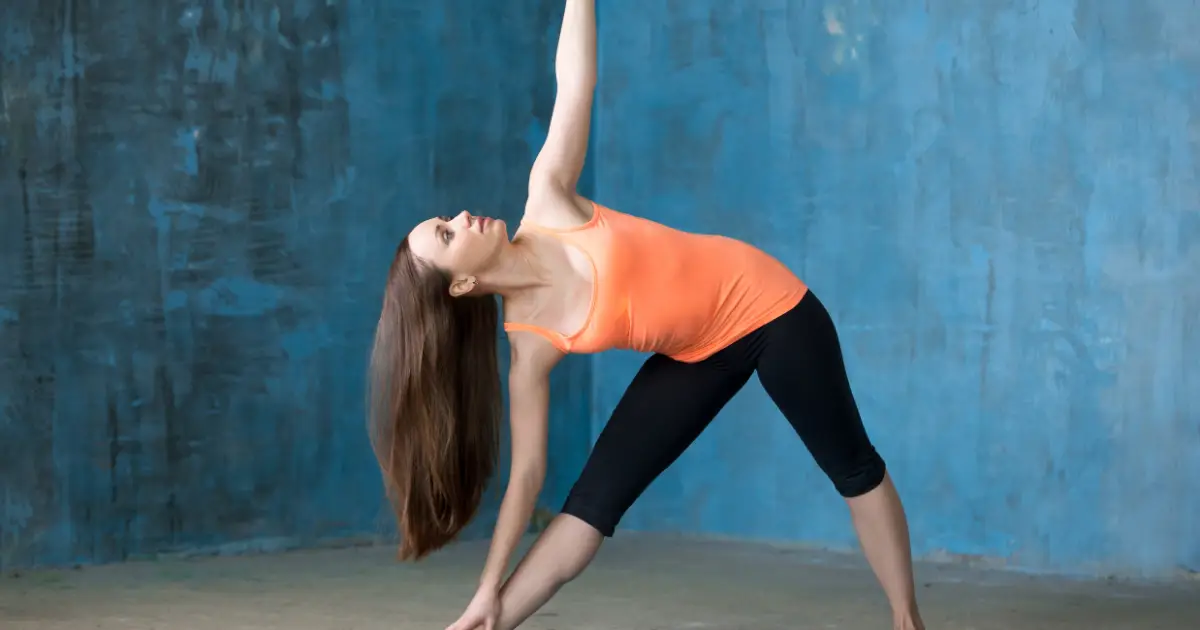
Recall that there is no right or incorrect response. Discover your ideal flow by trying out various looks and paying attention to your body.
Vinyasa’s dynamic style enhances cardiovascular health, increases flexibility and strength, and boosts stamina.
The breathwork and rhythmic flow encourage mindfulness, which lowers stress and anxiety and increases concentration and focus.
Vinyasa encourages the release of endorphins, which are hormones that improve mood and make you feel more content and in control.
By developing a stronger connection with your body, the practice improves posture and proprioception.
The immune system is strengthened and detoxification is aided by increased blood flow and lymphatic stimulation.
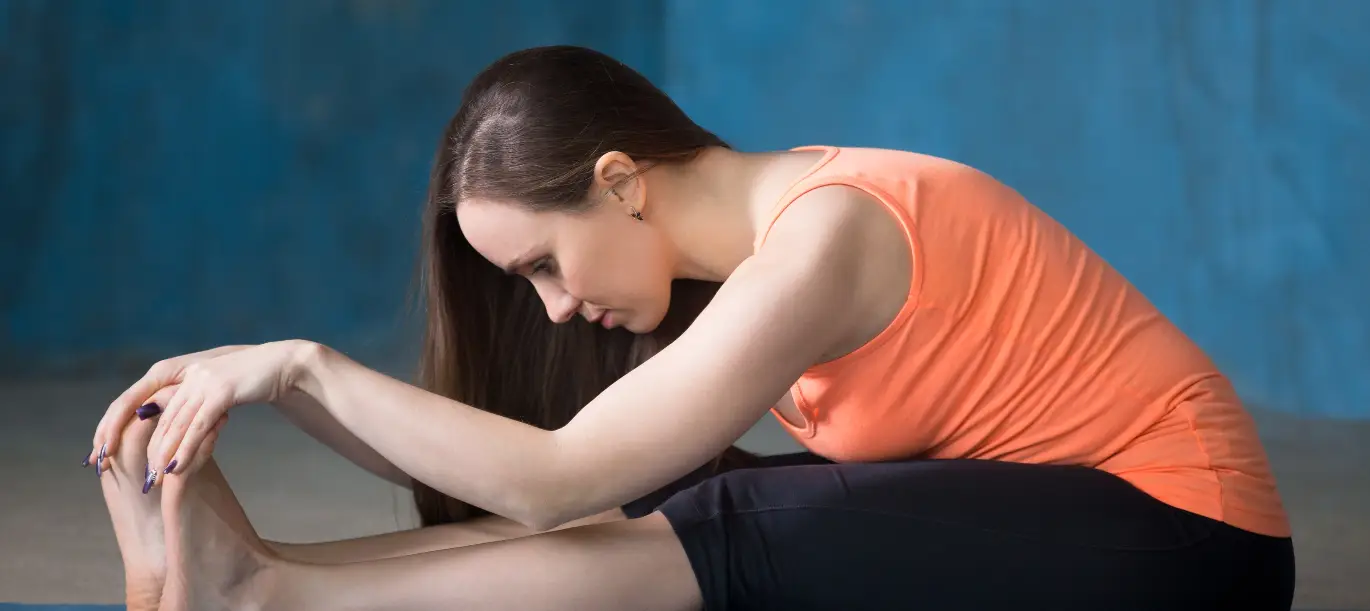
Vinyasa is constantly evolving, and here are some exciting trends to watch out for:
Technological advancements such as wearables and AI-powered apps are expected to provide personalized Vinyasa experiences by catering to individual requirements and objectives. Moreover, Vinyasa classes will focus more on mindfulness practices and meditation techniques to provide deeper mental and emotional benefits. Additionally, online platforms and virtual studios will make Vinyasa more accessible to a wider audience, regardless of their location or physical limitations.
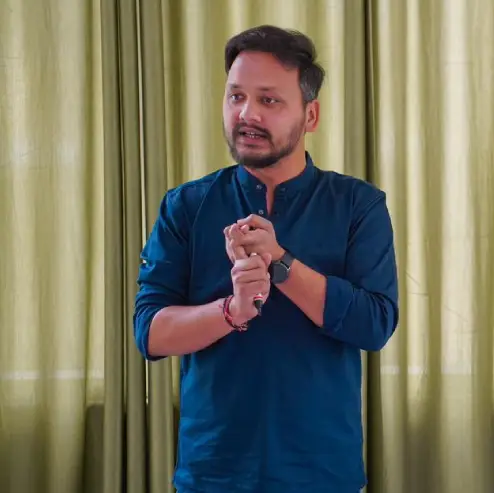
Posted: 17 January, 2024
Renowned for his expertise in yoga and its philosophy, Sajan Negi brings over 15 years of experience in guiding individuals on their transformative journey towards holistic well-being. With a Master’s degree in Yoga and a life dedicated to personal growth, Sajan Negi combines ancient wisdom with modern insights to inspire physical strength, mental clarity, and spiritual peace in his students.